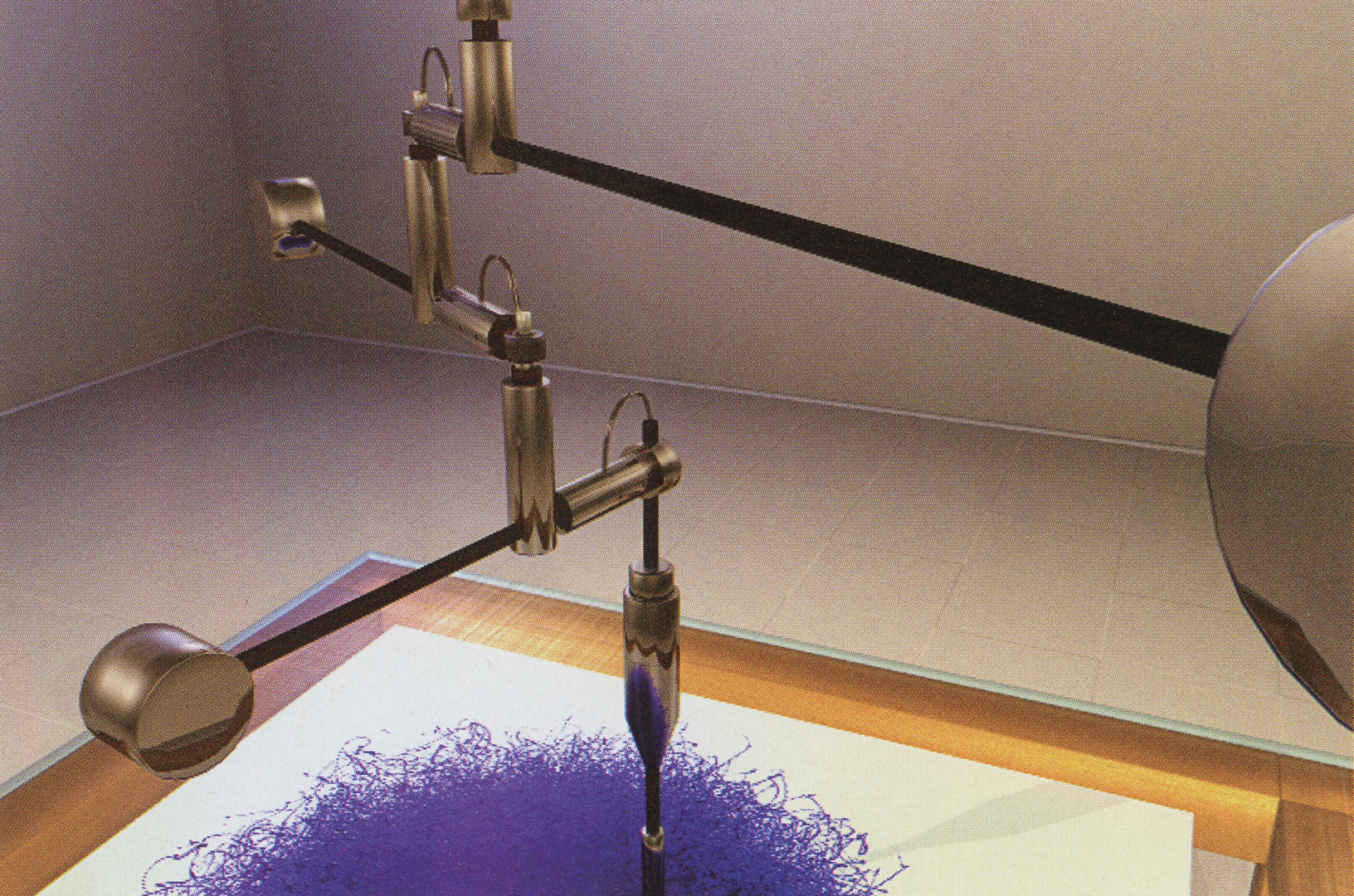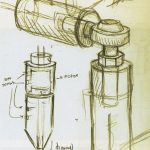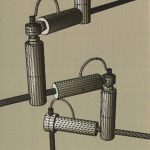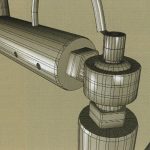Fernando Orellana: The Drawing Machine 3.141.15926v.2
Artist(s):
Title:
- The Drawing Machine 3.141.15926v.2
Exhibition:
Creation Year:
- 2002
Medium:
- Installation
Category:
Keywords:
Artist Statement:
The connection between the arts and the sciences has consistently intrigued students of both disciplines. This connection has led some scientists to make art, believing that their discoveries are as appropriate for museum walls as paintings. Similarly, some artists who work closely with scientific fields believe that their discoveries are important enough to warrant placement in any scientific journal. This marriage of art and science is not a phenomenon specific to modernity. Throughout history, a fine line has separated where art ends and science begins; da Vinci, Tesla, and Kandinsky are some examples. In the information age, artists and scientists are increasingly using the same language, and they are carving out new paradigms in techniques, materials, and process for both disciplines. With an emphasis on experimentation and exploration, I, too, have found my way down this undefined path.
The most recent manifestation of this exploration is my series of drawing machines, all of which are examples of my experiments with physics, electricity, drawing, and chaos. Each machine, controlled by a microprocessor, is fed random behavior to change the quality and weight of line. This behavior allows the machines to have a pseudo-intelligence that can be perceived in the drawings and the machine’s behavior.
Technical Information:
The Drawing Machine uses the Parallax Basic Stamp 2 module as its primary control device. In addition, the piece uses custom electronics and four microphones to monitor the audio levels of the space. These audio data are then fed into the Basic Stamp, which interprets it and uses it to generate different drawing styles for the machine. The Basic Stamp is programmed using BASIC computer language.
Process Information:
The Drawing Machine 3.141.15926v.2 explores the possibility of creating machinery or systems that create art objects on their own. In this case, the machine has been designed to listen to its environment, using a microphone installed in the gallery. What it hears is then interpreted by the machine’s software and used as the primary driver or inspiration to make complex, nonrepresentational drawings. Since the noise the machine hears is relative to the given event or venue, the drawings generated can be said to be the machine’s interpretation or portrait of that experience. Using several Papermate ball-point pens (blue ink), the machine can generate one drawing measuring 4 feet x 4 feet over a period of 144 hours, the length of the SIGGRAPH 2002 conference.
For the last several years, I’ve been using 3D visualization tools to design and build machine/sculptures. Especially in the early stages of design development, I find it very helpful to be able to previsualize what the materials, size, mechanics, movement, and general form might look like in virtual space. In recent designs, I have been using 30 simulation techniques such as gravity, friction, and inertia to synthesize the “real-world” behavior of the machines.








